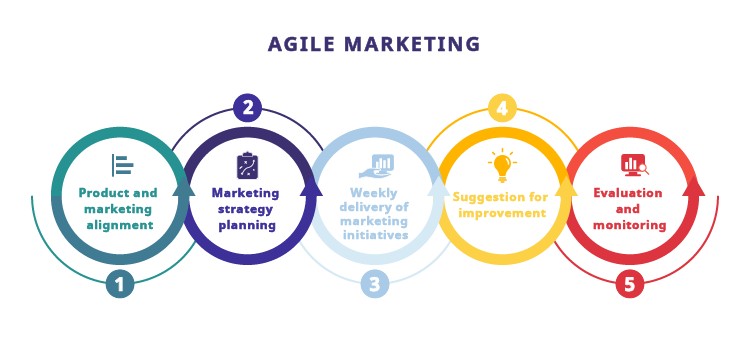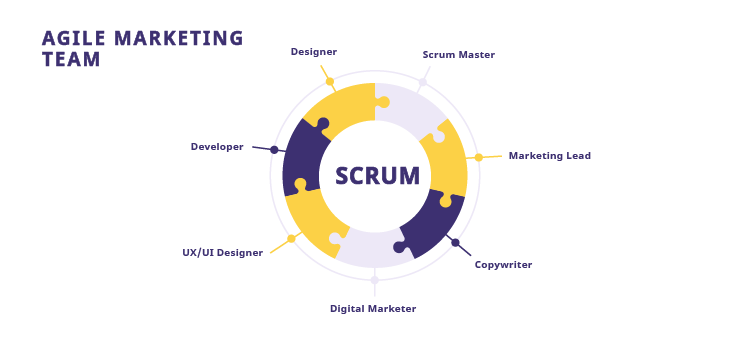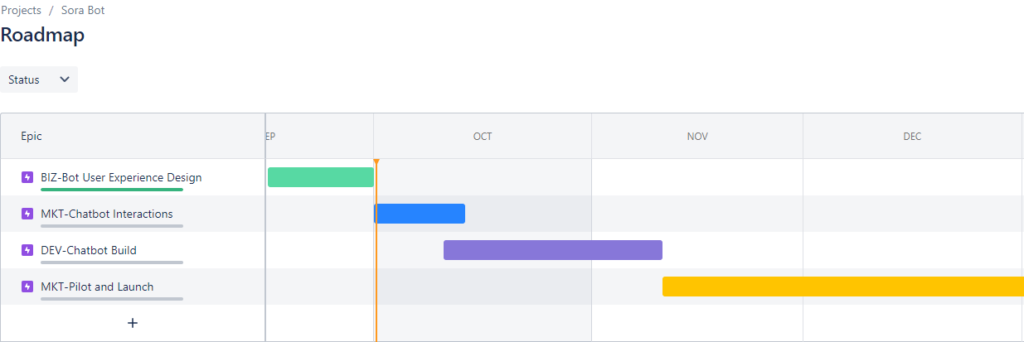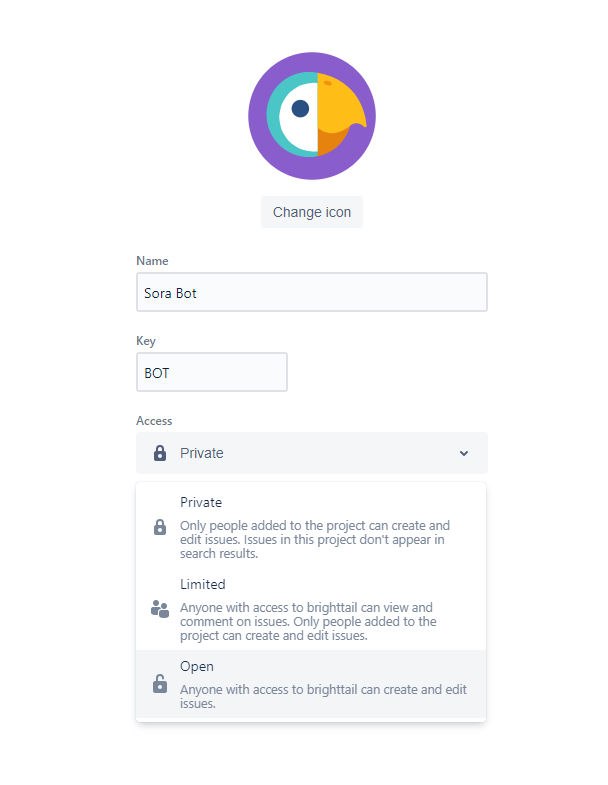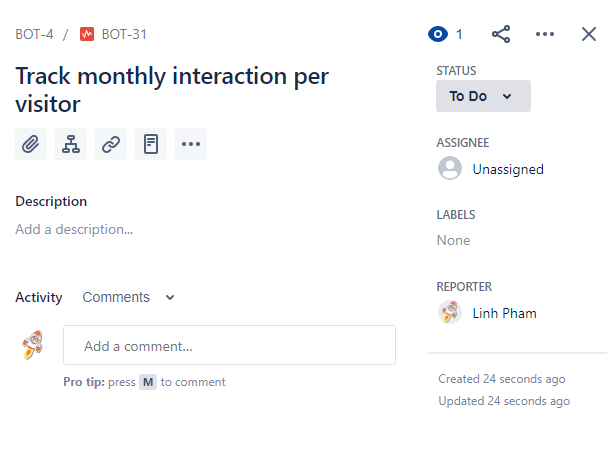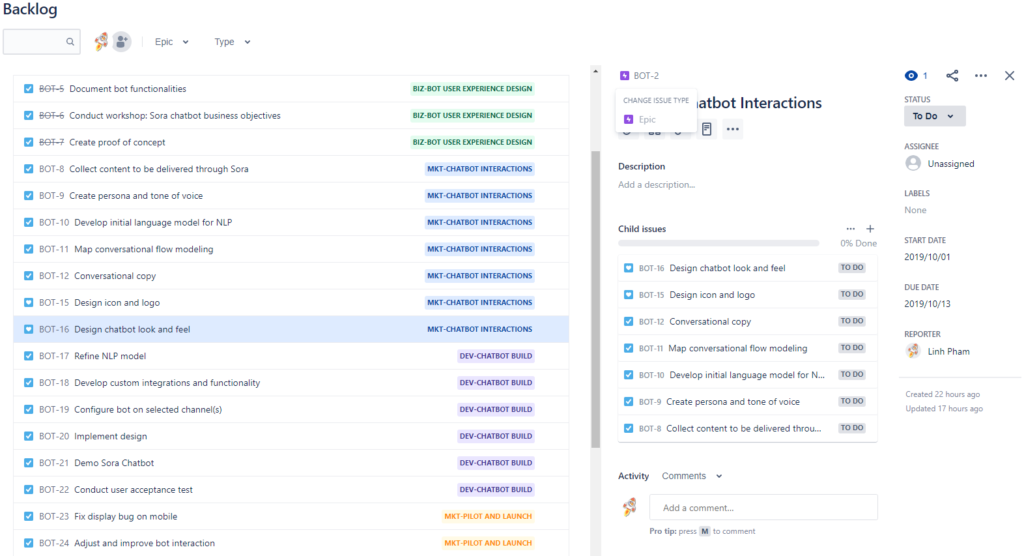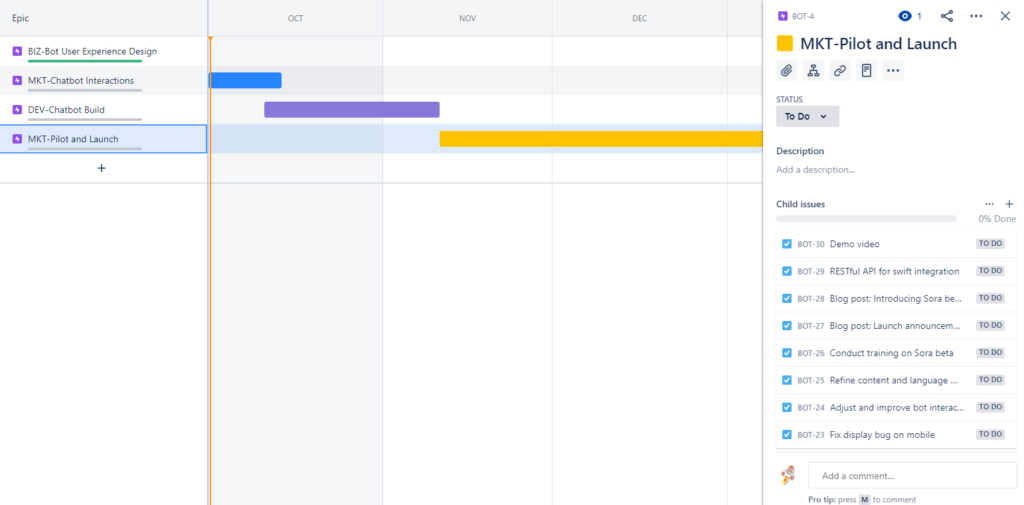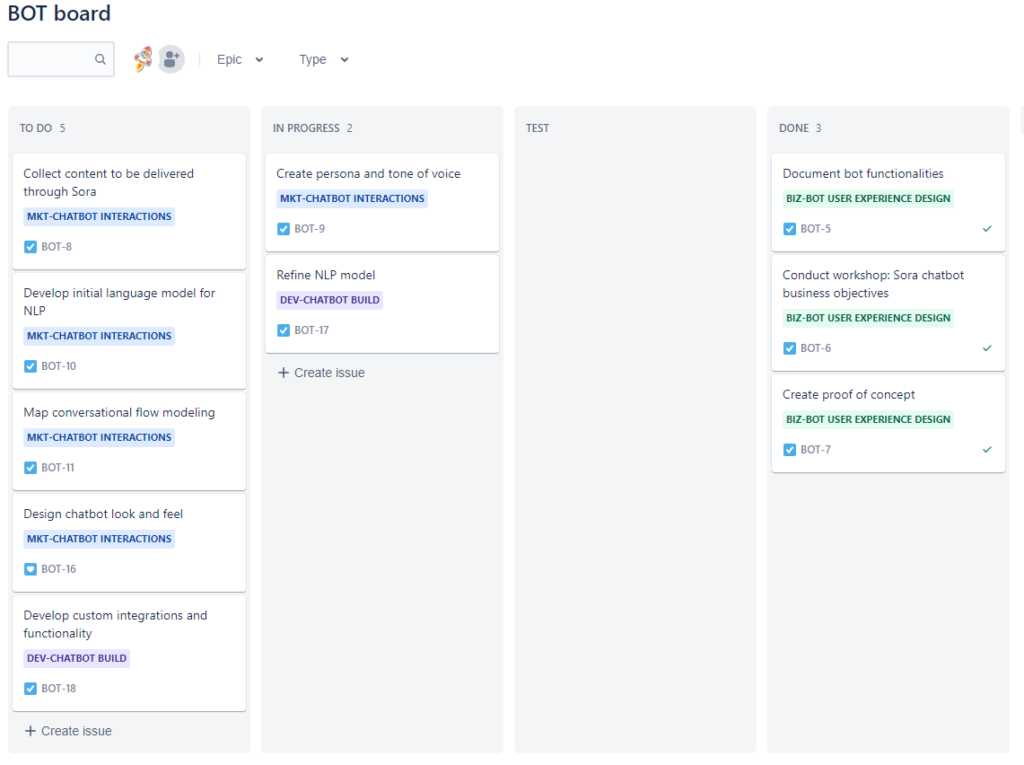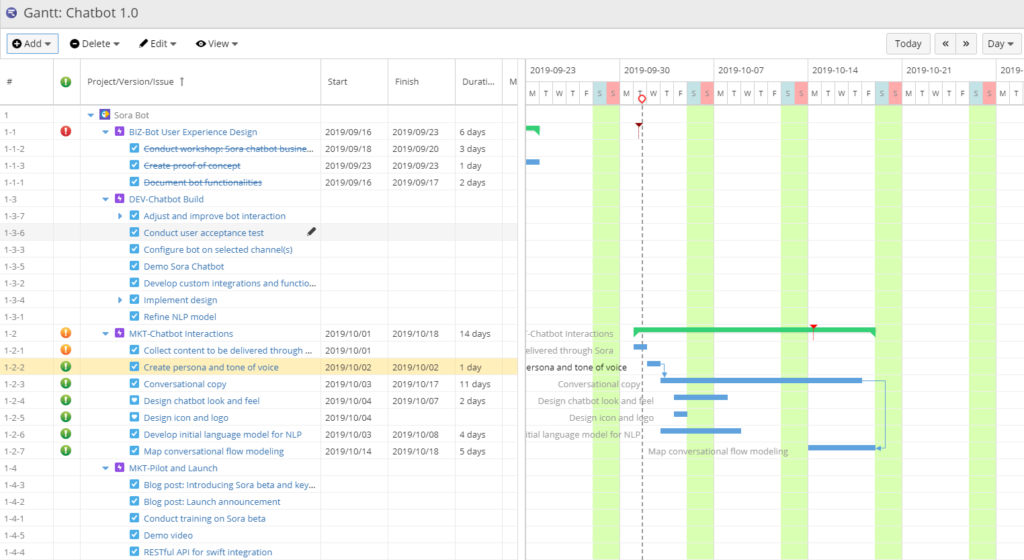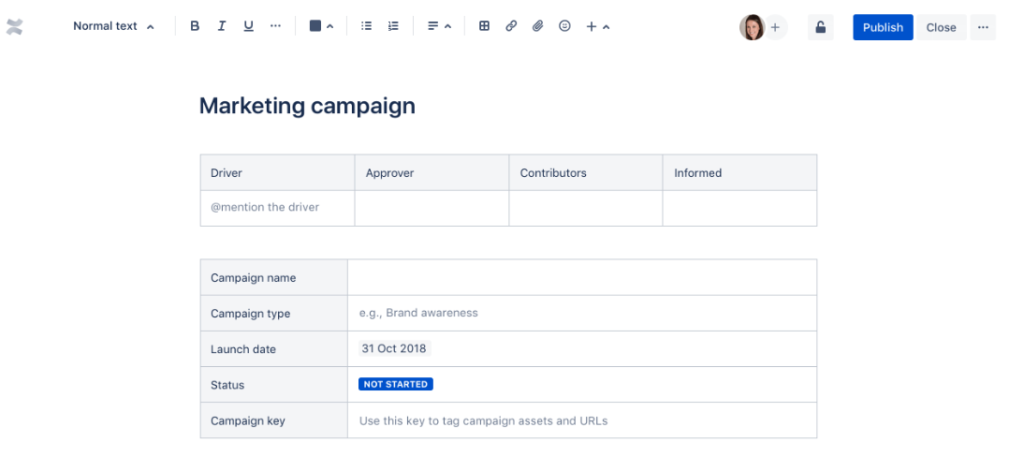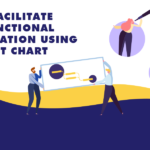The impact of agile on product development and customer experience delivery is tremendous:
- More engaged teams
- Increased productivity
- More customer involvement
- Rapid responses to change
However, most organizations are not reaping the full benefits of agile since it remains confined to software and IT teams.
To fully unleash the power of agility at scale, leaders are embarking on agile transformation journeys in virtually every business function.
As the business growth engine, marketing is evidently one of the pillars of sustaining organizational agility.
According to the State of Agile Marketing report, of 447 marketers surveyed, 32% are already using agile frameworks, while 54% practice hybrid methodologies. So what is the driver behind agile marketing adoption?
Back then, marketing was all about driving sales through promotional messaging – aka product-driven strategy. Now, modern marketers proactively engage in creating, designing, and delivering user experiences in alignment with the product team. In other words, successful organizations put customers first – aka customer-driven strategy.
This mindset shift has given marketing a unique role in the product development process.
With a better understanding of the product vision and goals, marketers can deliver tangible value that will benefit customers. In contrast to an everything-for-everyone approach, agile marketing considers the unique needs of each user to tailor meaningful marketing messages and solutions to their problems.
Let’s look at the graphic below to visualize how marketing fits into the agile journey:
Once you have adopted an agile marketing mindset, the next big step is to onboard your teams on the agile train.
It’s critical to choose the deployment framework that fits with your team culture instead of reinventing the marketing wheel. Why not leverage existing agile tools to yield better results faster?
As a leading collaboration platform for agile teams, Jira Software boasts powerful features for marketers.
What makes Jira the perfect fit is its integrated solutions for cross-functional projects. You can easily bring all teams together to collaborate on a shared goal.
True to the customer-focused principle, team collaboration in Jira is anchored around the user story, a concept that puts customers first in product development. But we’ll get to this later.
Continue reading to learn about the fundamentals of agile marketing and how teams utilize Atlassian Jira to deliver successful marketing campaigns.
Agile Marketing Fundamentals
Chances are, your marketing team uses the waterfall model of project management. That is, you manage a project across dispersed functions where each team is responsible for a specific phase of the project execution.
In this traditional approach, teams carry out tasks in a sequential order as assigned by the manager. They have little to no control over decision-making, so it’s extremely challenging to respond to changes.
For instance, the marketing campaign may be well underway, waiting to launch. At the last minute, the product manager updates a new feature release date, and you are caught between a tight deadline and reevaluating the campaign. If you were to change the campaign plan, you’d need to go through the entire process of planning, budgeting, proposing, approving, and executing again.
How are you going to transition ideas into actionable plans, get buy-in, and prioritize tasks to deliver value to customers at speed?
That’s where agile marketing comes in.
How Does Agile Marketing Work?
Instead of following a hierarchical structure, an agile marketing team consists of cross-functional roles. They work together as a unified entity referred to as a scrum team.
Here’s an ideal team structure for a typical marketing campaign:
With this structure, you can ensure a cohesive workflow from project kickoff to execution. Everyone in the team has visibility into the big picture and clarity of each milestone and the relationship between tasks.
Let’s say you are in charge of managing a new chatbot implementation project. You first have to identify the core members required to deliver the chatbot, from the prototype, build, launch and promotion, and monitoring.
Instead of breaking down the project by phases and functions, you have the complete scrum team working in the same environment, including marketing folks.
Once the scrum team is formed, they will align the deliverables according to the product requirements. Each deliverable represents a specific feature that can be shipped to the customer. See a sample project roadmap below:
Agile marketing doesn’t work without cross-border collaboration. So instead of operating in silos, marketing must be part of the development cycle. That’s why leaders are focusing on adaptive and iterative campaigns around customer demands rather than rolling out a large-scale campaign that often takes months to launch.
The Mechanism of Agile Marketing
First, the project deliverables are specified in the form of user stories. These user stories sit in the product backlog.
To initiate a user story, the business unit collects feedback/requirements from customers and communicates them to the product manager and marketing lead.
Together, they will then go through marketing initiatives and discuss opportunities for customer value delivery.
Following the defined scope, the scrum team will then meet for sprint planning. Everyone can agree on the deliverables and start pulling tasks from the backlog to work on within a 1- to 2-week sprint.
This is the beauty of the agile marketing approach. Your team can collaborate with the rest of the business units to understand how customers interact with the product. From there, they can optimize the campaign strategy to drive customer satisfaction more effectively.
Being customer-focused also allows marketers to deliver authentic experiences to customers. More importantly, they can pivot when change happens. Whether it’s changing customer requests or development roadblocks, marketing isn’t the last to know.
A signature trait of scrum is the daily stand-up, whereby each member reports their accomplishments the day before, their focus for the day ahead, and if there are any obstacles. It’s a short meeting that allows the team to sync up as well as identify potential bottlenecks.
If your team is unfamiliar with the scrum process, assign a scrum master role to facilitate these meetings. The main goal is to ensure the deliverables of the project and the team’s productivity through the sprint cycle.
Agile Marketing Made Easy with Atlassian Jira
While there isn’t a surefire way to achieve agile marketing success, you can adopt agile project management software to facilitate the transition.
Introducing Jira, an issue-tracking platform built for agile teams.
You may have heard of Jira from your IT peers, but how does it fit into marketing?
Let us demonstrate the power of Jira with the instance below:
| Project: Sora Bot
Scope: Sora Bot is an AI chatbot that can incorporate a product documentation database to provide helpful responses to customers that drive actions. We need to successfully parse human input and find the most relevant keywords with some understanding of the context. |
First, create a new project in Jira.
Start writing your user stories and identify the issue type.
Once you have generated a backlog, map the related issues under the same parent task called Epic. An epic can be a function-specific tag, as shown below:
You will be able to visualize the entire project roadmap just like this.
With this high-level overview, you can see how marketing activities support the development of the chatbot, from prototyping to product marketing.
As you start a new sprint, simply keep track of the progress on the scrum board (see the next section).
Workflow Customization for Frictionless Collaboration
Different teams will require different procedures. That’s where Jira shines!
The software offers robust customization capabilities to help your teams work the way they prefer to.
Configuring the project workflow in Jira allows for quick adoption without interrupting your team’s SOP. The default Jira workflow is To do – In progress – Done.
For Sora Bot, the QA Engineer requires a specific transition for their portion of work, so we added the Test swim lane on the scrum board as below. This allows teams to stay on top of features that are ready for release and prepare appropriate marketing collateral.
Read more: Configuring statuses, resolutions, and priorities
Visualize Success with Dependencies and Milestone Tracking
As far as marketing is concerned, dependency visualization is one of the critical aspects of the project.
Imagine your entire build process being put on hold because teams are unaware of a missing conversational flow for customer feedback queries. It turns out, the responsible copywriter has been on vacation, and it slipped off your radar.
To avoid anyone being a blocker, you need to identify the relationships between tasks at the beginning of every sprint. That way, your team members can systematically prioritize their portion of work to ensure smooth progress.
Though agile prioritizes flexibility over rigid planning, it is still essential to identify the checkpoint, such as a task signoff or go-no-go decision. We refer to this checkpoint as a milestone.
Milestones allow teams to focus on the critical tasks needed to move the project forward.
Read more: Crush Your Project Milestones with Jira Gantt Charts
You can easily enable dependency visualization and milestone tracking within Jira using a third-party app like WBS Gantt-Chart for Jira.
If you are a veteran PMP, you’re probably already familiar with Gantt charts. What better way to support agile marketing than by powering up with a Gantt chart?
With this, you can manage your Jira instance on a powerful Gantt chart with a more comprehensive view of the work breakdown structure (WBS).
From here, not only can you see the dependencies but also alerts on any delayed tasks.
Combining the power of Jira with Gantt charts makes it intuitive for your team to focus on the right tasks while not losing sight of the entire project vision.
Leverage Confluence to Empower Your Marketing Team
Another promise of agile marketing is the synchronization of team workflow and terminology.
Marketing teams often complain that they operate in a vacuum. They frequently find themselves needing to develop marketing strategies and tactics without fully understanding the customer, product, or even terminology used by the product team.
With Jira, you can remove the friction between marketing, sales, and development teams. Everyone has access to the same information repository, as well as the features being developed.
To improve knowledge sharing and collaboration, you can also use Confluence to document customer personas, product information, the release plan, or meeting notes.
Here’s a marketing campaign template, for example:
Confluence also stores technical documentation as well as the release notes, making information accessibility seamless for both project teams and other employees.
Iterative Marketing Campaigns with Jira
With scrum, your project doesn’t end at the point of delivery. It’s only the beginning of the continuous development process.
In the previous case, the chatbot will require massive data inputs and training to get better at understanding customer queries. So, the user stories will only increase over time.
The role of marketing then, is to optimize the conversational flow with ongoing website tracking and analysis.
Within this concept, agile marketing is really about delivering value to customers.
Whether you adopt agility for product-driven marketing campaigns or any other marketing initiative, develop the project in ways that clearly define the customer story (or problem) and how your product or service makes a difference.
Unleash the power of marketing; sign up for the 30-day free trial of Jira Software and WBS Gantt-Chart for Jira today!
